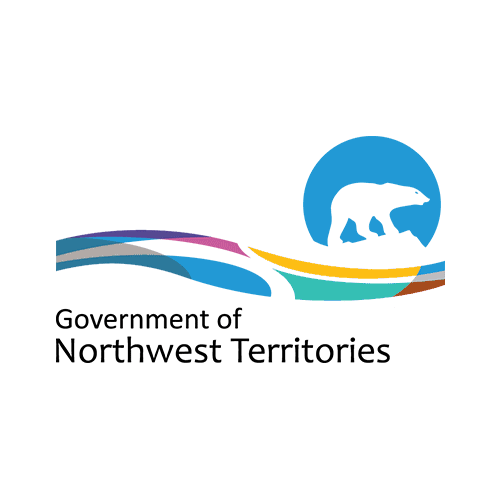A greater emissions reduction target and an expansion of active decision makers were among the suggestions in the public engagement session for the GNWT’s 2030 Energy Strategy and the 2030 NWT Climate Change Strategic Framework.
Compiled in a report called Our Energy and Climate Future in a Changing World, the GNWT has gathered opinions and ideas from the public between June and October of last year for any revisions that could be made to the Territory’s energy and climate issues. The information was gathered through a public submission period, as well as in-person meetings, and a three day, multi-language dialogue with 148 Indigenous representatives.
Other groups that took part in the discussions were the NWT Climate Change Council, the NWT Climate Change Youth Council, as well as non-governmental organizations, utilities, industry, businesses and the territorial and federal governments.
There were five main topics that most respondents seemed to agree with.
First, the target of emissions reduction strategies needs to be increased. Participants suggested that the NWT should adjust the goal for emissions in 2030, and set a long-term target for after 2030.
Second, current roles and responsibilities should be revised. This topic was suggested as a method to allow Indigenous groups to have an active voice in these discussions. Participants wanted to see a renewed energy strategy that has clearly laid out roles and responsibilities for everyone who is taking part.
Third, respondents stated that the NWT should set out with building a plan that will be both effective at tackling climate change, and that won’t harm Northerners with skyrocketing energy costs. One suggestion for this was to get help from federal funding.
Fourth, electrical utilities and regulators should be accounted for. All leaders involved in this project should make sure that the NWT electricity system is kept up to date with the changes made over the coming decade.
Fifth and finally, participants suggested that the NWT should make use of renewable energy practices that already exist. These include solar, wind, hydro, and biomass practices, as well as newer technologies such as small nuclear reactors, liquid biofuels, and hydrogen, once they have been properly tested and made more widely available. All of these would be dependant on factors like local capacity, affordability and energy security.
The GNWT is now reviewing these suggestions, and will use them to help revise the 2030 Energy Strategy.




